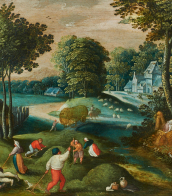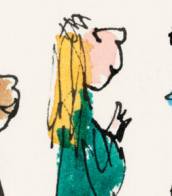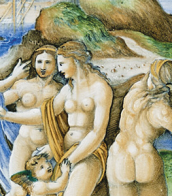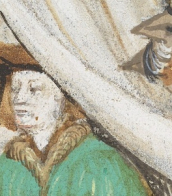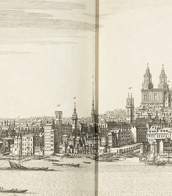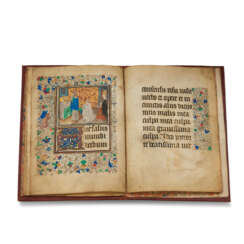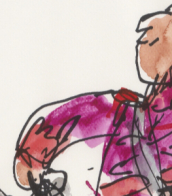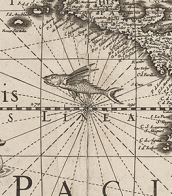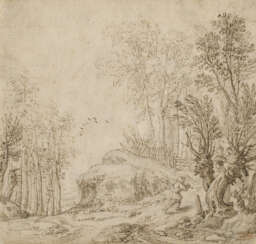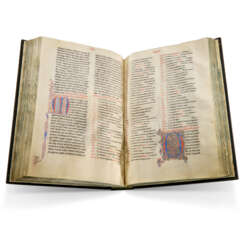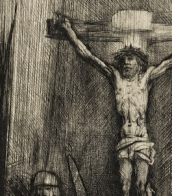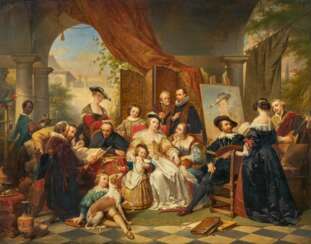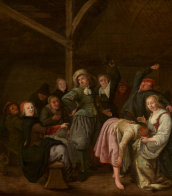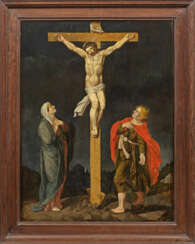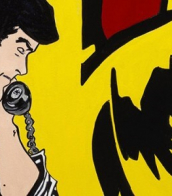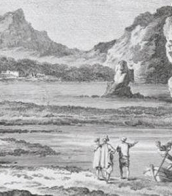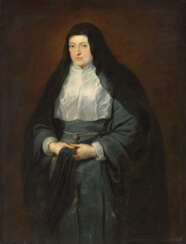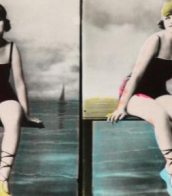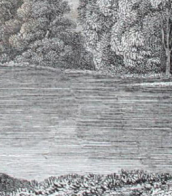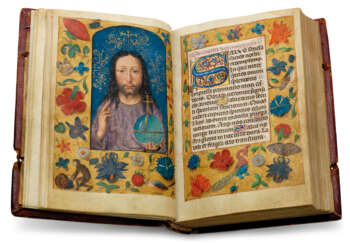southern netherlands
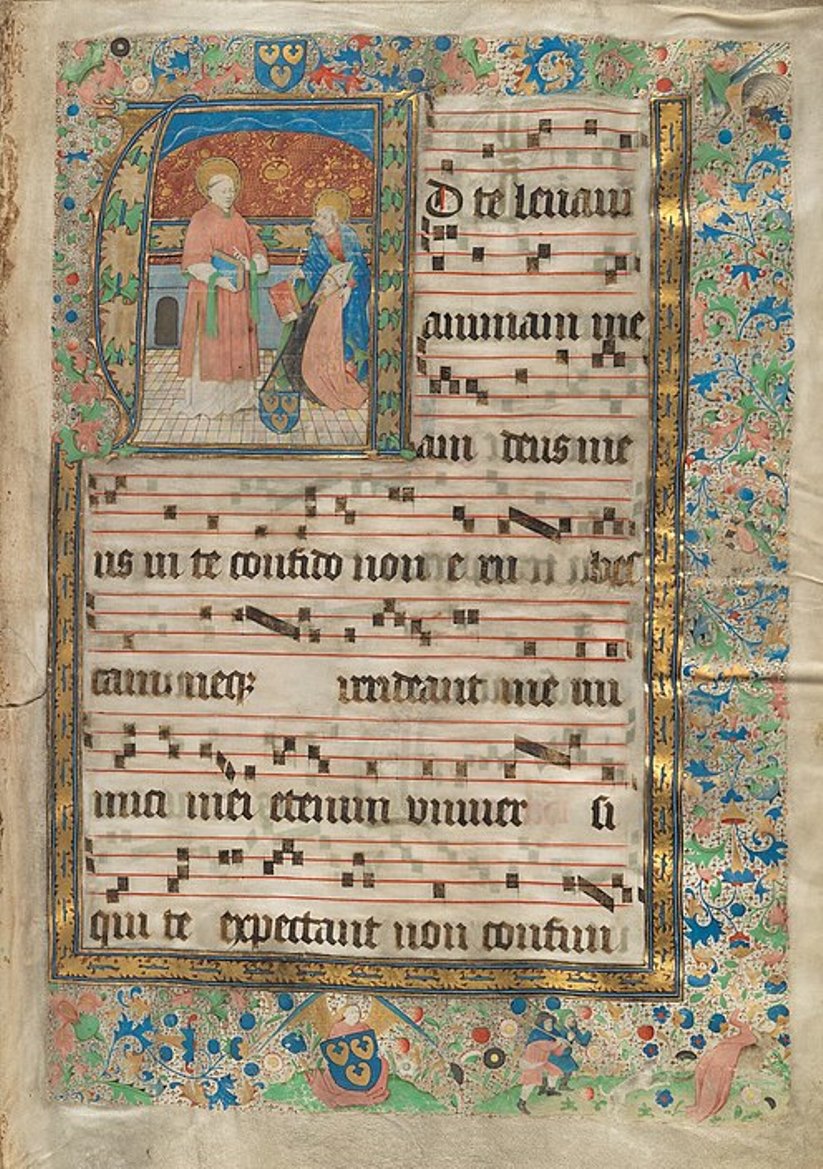
The Master of the Ghent Graduel was a Flemish painter, miniaturist, and illuminator who worked in Ghent and Tournai in the second third of the fifteenth century.
This master comes from an older, Parisian tradition of manuscript illumination that was developed by the master Gilbert de Metz. He was active in the 1460s-1470s and was responsible for the illumination of the clockbooks now preserved in British libraries and also created the miniatures for the books of Valerius Maximus.
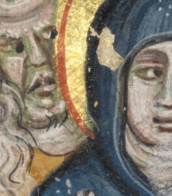
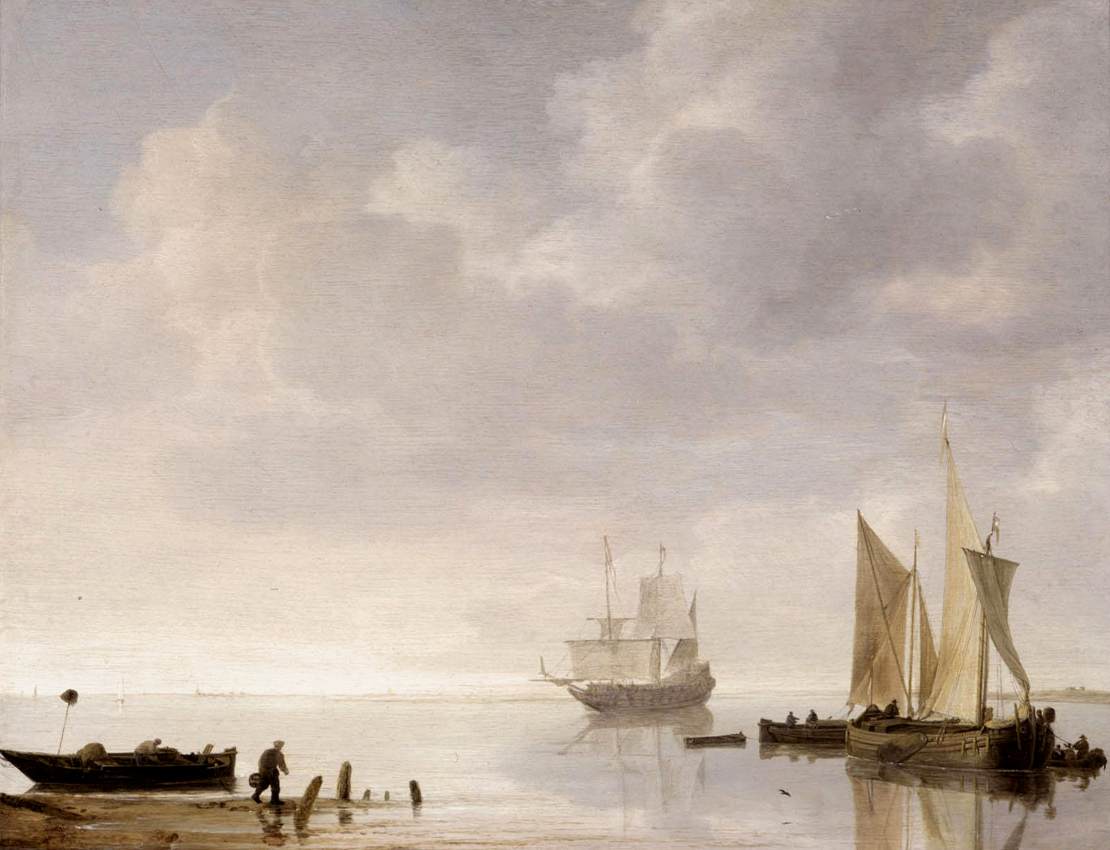
Simon de Vlieger was a maritime painter of the Golden Age of Dutch painting. He is best known for his paintings depicting the naval fleet of the Republic of the United Provinces of Holland. He painted ships in port, on the high seas, during storms, or shipwreck scenes. Flieger also made tapestries, engravings, and stained-glass windows for the Nieuwe Kerk in Amsterdam.


Simon de Vlieger was a maritime painter of the Golden Age of Dutch painting. He is best known for his paintings depicting the naval fleet of the Republic of the United Provinces of Holland. He painted ships in port, on the high seas, during storms, or shipwreck scenes. Flieger also made tapestries, engravings, and stained-glass windows for the Nieuwe Kerk in Amsterdam.


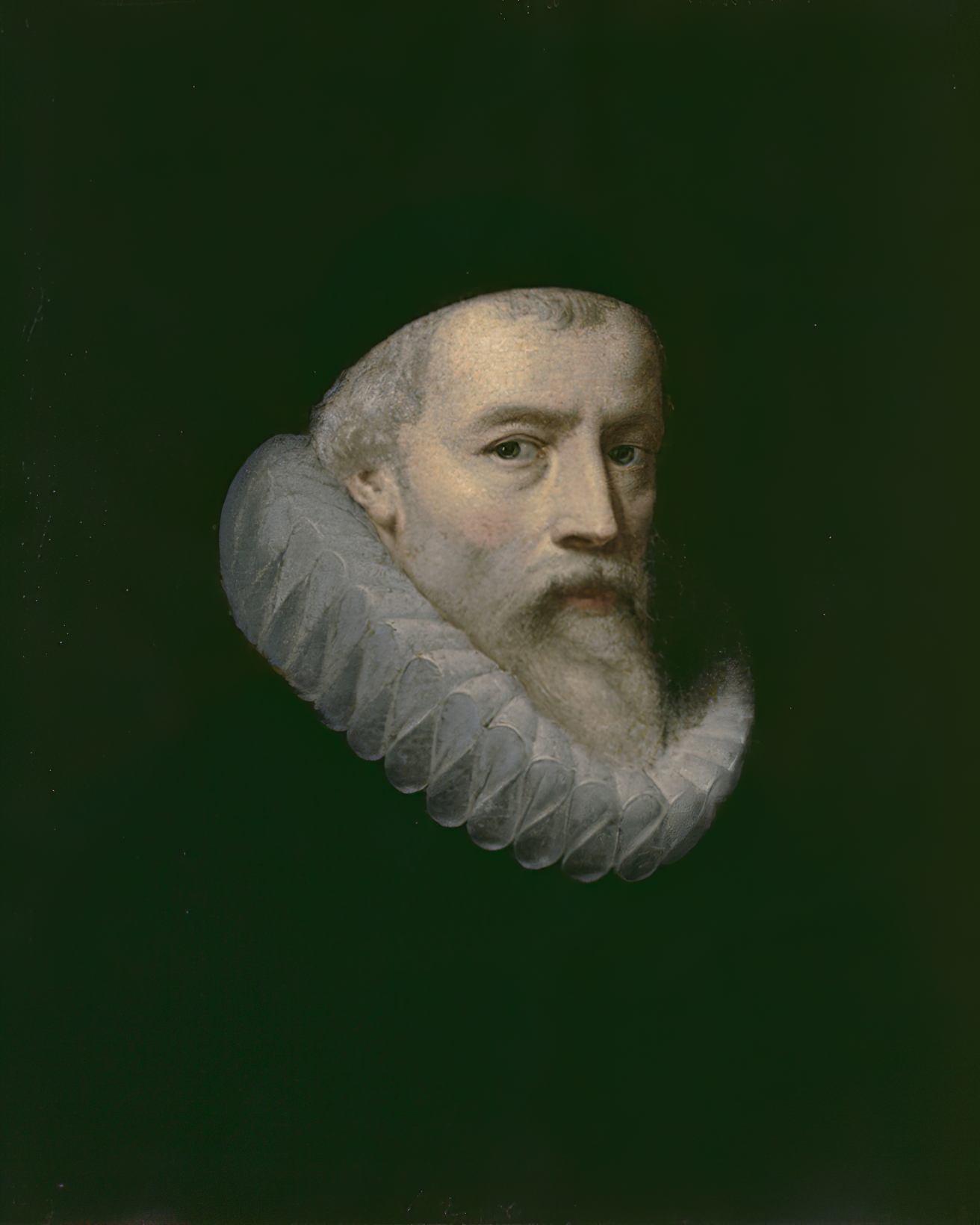
Otto van Veen was a painter, draughtsman, and humanist active primarily in Antwerp and Brussels in the late 16th and early 17th centuries. He is known for running a large studio in Antwerp, producing several emblem books, and for being, from 1594 or 1595 until 1598, Peter Paul Rubens' teacher. His role as a classically educated humanist artist (a pictor doctus), reflected in the Latin name by which he is often known, Octavius Vaenius, was influential on the young Rubens, who would take on that role himself.
